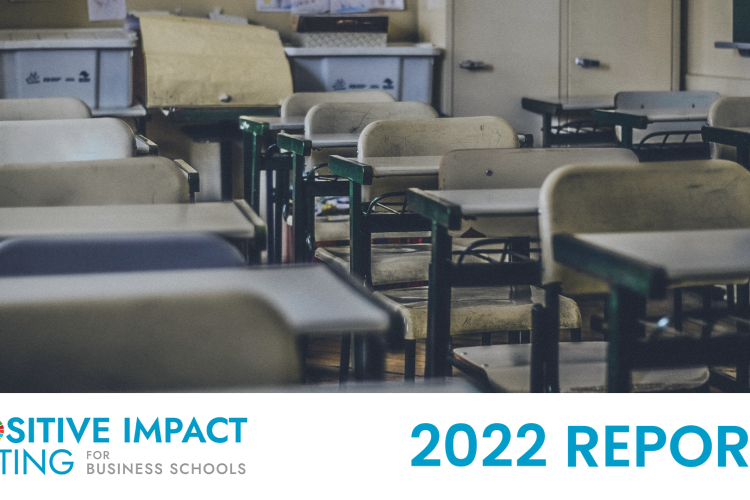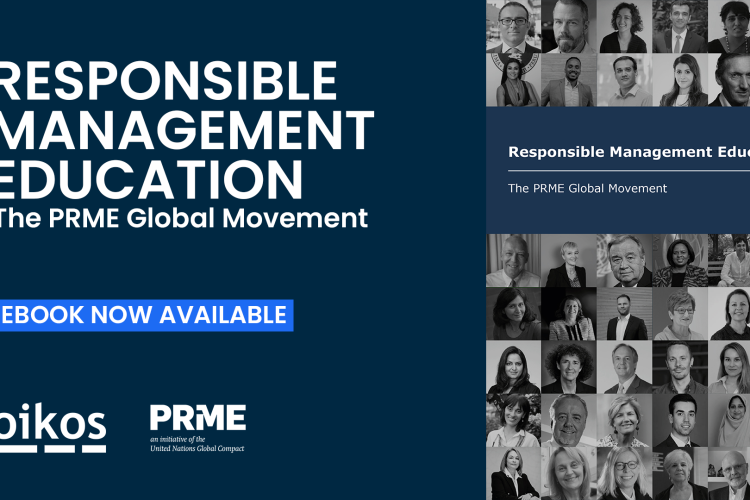Abstract
With no previous experience in the mobile phone industry, Bas van Abel, an industrial designer based in Amsterdam, started Fairphone as an NGO [non-governmental organisation] awareness campaign in March 2010. He hoped that by inviting the public to design collaboratively a prototype of a “fair” smartphone, the campaign would raise the Dutch public’s awareness of the link between mobile phones and minerals mined in the context of a bitter civil conflict in the Democratic Republic of Congo (DRC). Van Abel did not intend to produce a functional, commercial smartphone; his goal was simply to raise public awareness.
However, by January 2013, through a series of serendipitous events, interaction with industry actors, and encouragement from sections of the Dutch public, the awareness campaign had morphed into the social enterprise Fairphone. With co-founder Miquel Ballester, van Abel wanted Fairphone to produce “a seriously cool phone putting social values first.” Within six months of the company’s founding, Fairphone attracted a large following in the media and among socially-conscious consumers across Europe. In mid-2013, these customers fully financed the production of 25,000 smartphones (priced at €325 apiece) through a crowdfunding initiative—a remarkable token of trust in a start-up that had never produced a smartphone.
Van Abel and the Fairphone staff, consisting largely of “creatives” and “story-tellers,” had to learn very quickly how to produce a high-quality smartphone—a complex product—in a competitive industry while keeping their promise to improve the social welfare of underrepresented mine and factory workers along the mobile phone industry’s supply chain. After experiencing myriad quality problems while manufacturing the phone, van Abel and the Fairphone staff successfully delivered the first batch of “fair” smartphones to customers by Christmas 2013. In February 2014, after all smartphones had been delivered to customers, van Abel felt that it was time to take stock and plan for the company’s future. In order to fulfil its two-fold mission, Fairphone had to scale up production to become a “real” company. How should Fairphone reach a larger audience with its message and product? How should the organisation be designed in order to achieve this mission?
[table id=112 /]



